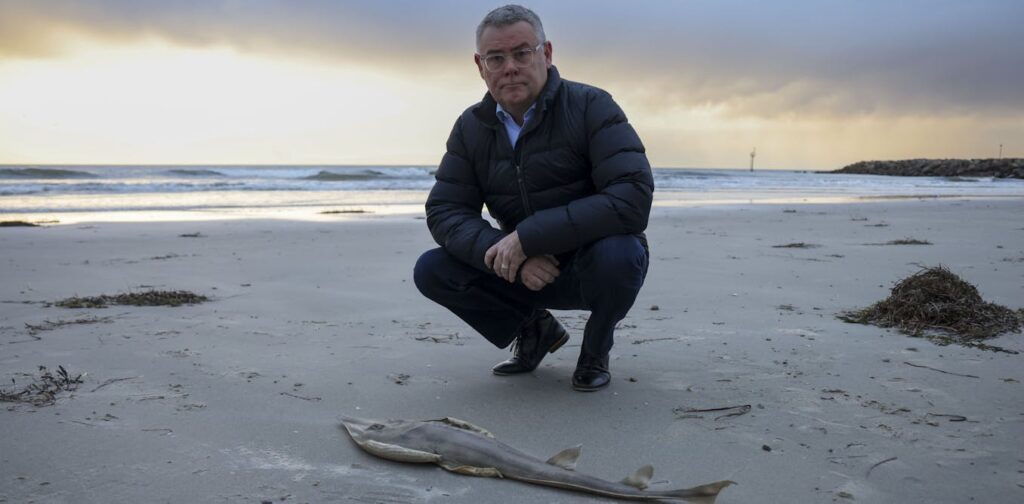
In a race against time, Australia’s Environment Minister Murray Watt is pushing to pass significant reforms to the Environment Protection and Biodiversity Conservation (EPBC) Act before the Christmas break. With just one parliamentary sitting week remaining this month, the Albanese government faces a formidable challenge in balancing environmental protection with economic development.
The EPBC Act, a cornerstone of Australian environmental legislation, has long been criticized for failing to adequately serve both ecological and business interests. Previous attempts at reform, notably under former Environment Minister Tanya Plibersek, have faltered. Now, Watt is tasked with negotiating a delicate compromise in the Senate, seeking support from either the Greens or the Coalition, both of whom demand substantial amendments.
The Stakes of Reform
The proposed reforms aim to streamline the approval process for projects such as renewable energy, housing, and mining, while also introducing stricter environmental protections. According to Watt, the reforms offer a “balanced package” designed to benefit both the environment and businesses.
From an environmental standpoint, the legislation would, for the first time, clearly define what constitutes an “unacceptable impact” on the environment, ensuring certain projects are outright rejected without the possibility of offsets or alterations. This provision seeks to address longstanding concerns about the adequacy of environmental safeguards.
For businesses, the reforms promise to tackle the “incredible delays and duplication” in the current system, where projects often undergo separate assessments by both state and federal governments. This inefficiency has been a significant point of contention for developers and investors.
Negotiations and Compromises
As negotiations continue, Watt remains optimistic about reaching a consensus. Both the Greens and the Coalition have expressed openness to discussions, albeit from opposing perspectives. The Coalition views the legislation as overly pro-environment, while the Greens argue it leans too heavily in favor of business interests.
“My view is that both of those pathways very much remain open to us,” Watt stated. “You might take from that that we’ve probably got the balance right.”
Watt acknowledges that compromise is essential, stating that no party will achieve everything they desire from the legislation. He is confident that a pathway can be found before Christmas, although the exact nature of the compromise remains uncertain.
Controversial Provisions
One of the bill’s more contentious elements is the “national interest” override, which grants the environment minister the final say in approving significant projects. This provision, recommended by Graeme Samuel in his review of the current act, has faced criticism for potentially undermining environmental standards.
“I’m prepared to listen to that and think about whether there’s ways that we can minimise the risks of that kind of a power,” Watt remarked, indicating a willingness to adjust the provision.
Looking Ahead: Climate Targets and Challenges
Beyond the immediate legislative goals, Watt remains focused on Australia’s broader climate targets, including achieving net zero emissions by 2050. While acknowledging the difficulties, he believes the targets are within reach with the right policy changes and technological advancements.
“I think that it will be difficult to meet our 2035 targets of 62% to 70%, but where we landed there was to make sure that they were ambitious but achievable,” Watt explained. “It will require a policy change, it will require new technology, but I do think that those targets are achievable.”
The push for environmental reform comes at a critical time for Australia, as the nation grapples with the dual imperatives of economic growth and ecological stewardship. The outcome of these legislative efforts will not only shape the country’s environmental policies but also its economic landscape for years to come.
As the parliamentary session draws to a close, all eyes will be on the negotiations in Canberra, where the fate of Australia’s environmental future hangs in the balance.







